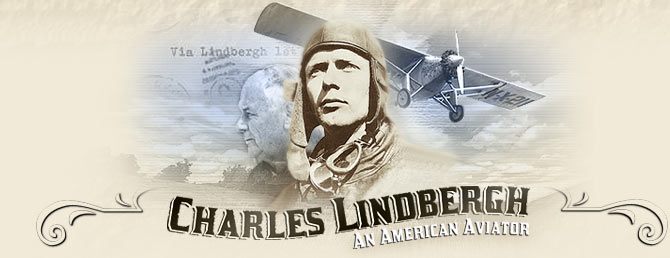
In 1927, a factory worker named Douglas Corrigan pulled the chocks from the wheels of a soon-to-be famous airplane (or as they were known then, aeroplane) called the Spirit of St Louis. The pilot, Charles Lindbergh, was flying the plane from the factory in San Diego to New York, where he would soon make his historic flight across the Atlantic.
 Something about that experience kindled Corrigan’s imagination. It became his dream to fly across the Atlantic. His problem was that he didn’t have the money to do it right. His plane was made from patches and baler twine!
Something about that experience kindled Corrigan’s imagination. It became his dream to fly across the Atlantic. His problem was that he didn’t have the money to do it right. His plane was made from patches and baler twine!
“I really marveled that anyone should have been rash enough even to go in the air with it, much less try to fly the Atlantic. He built it, or rebuilt it, practically as a boy would build a scooter out of a soapbox and a pair of old roller skates. It looked it. The nose of the engine hood was a mass of patches soldered by Corrigan himself into a crazy-quilt design. The door behind which Corrigan crouched for twenty eight hours was fastened together with a piece of baling wire. The reserve gasoline tanks put together by Corrigan, left him so little room that he had to sit hunched forward with his knees cramped, and not enough window space to see the ground when landing,” said journalist H.R. Knickerbocker.

Naturally, he couldn’t get permission to make the dangerous flight. Nonetheless, on July 17, 1938, he did it anyway. For the 28 hour flight, he took off with a bottle of water, some fig bars and two Hershey bars (and no coffee).
His plane was such a wreck that it started leaking fuel onto the floor of the cabin partway through the flight. To keep it from leaking onto the hot exhaust on one side of floor (which would have brought the adventure to a fiery end), Corrigan used a screwdriver to punch a hole on the other side.
Now the problem was to avoid prosecution for making the flight without permission. To solve that problem, Corrigan claimed he simply made a wrong turn. His flight plan showed him returning to California. He said that it was too dark to read his compass and that overcast conditions prevented him from seeing the water below him. He kept up the charade until his dying day in 1995. This earned him the endearing nickname of “Wrong Way Corrigan.”

This story caught my imagination. It’s a story of the American ingenuity and determination that makes this country a great place to live. Here’s a guy who bucked the rules and succeeded. But the most amazing thing is that (even though he returned to a ticker tape parade), Douglas Corrigan never admitted to actually planning the trip. He never got full credit for an amazing accomplishment.
Sometimes, we can’t expect to get the credit. But, that should never stop us from trying to do amazing things! With a little ingenuity and a lot of determination (plus a little chocolate), we can succeed.
![]()
Galen Lehman, President, Lehman’s

Click here to join
me on Facebook!
PS – If you haven’t figured it out yet, I love flying and chocolate (and coffee).






























